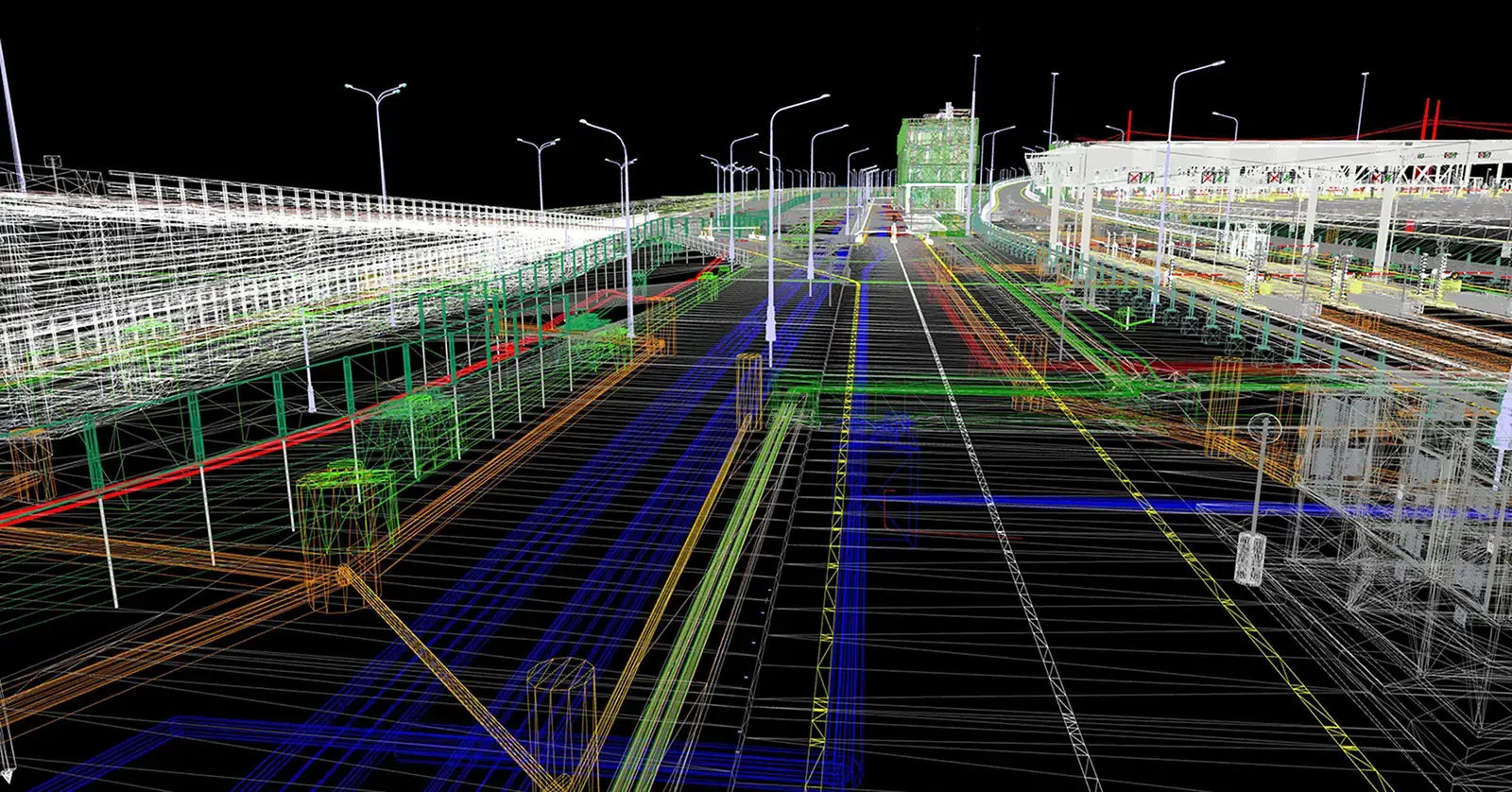

When the world is a sea of risk, you need to know your business, your people and your intellectual property are safe.
We’re your Liferaft.

By Mark Freedman
Each November, Critical Infrastructure Security and Resilience Month provides a reminder of what’s at stake. From the power grid and pipelines to water systems and data centers, America’s critical infrastructure is the foundation of our national and economic security. Yet critical infrastructure faces greater threats than at any point in recent memory. The threat environment has become multidimensional, with cyber, physical, and geopolitical risks intersecting to create an increasingly complex landscape both for government and private sector companies.
The traditional separation between national security and corporate security is increasingly non-existent. Critical infrastructure, which is largely owned and operated by private sector companies, is consistently targeted by foreign adversaries, terrorists, and criminals. Some of the most notable threat streams in 2025 include:
All of this plays out against the backdrop of aging infrastructure built for a different era. Decades-old substations, outdated control systems, and vulnerable legacy networks now sit at the center of the reticle of state adversaries, criminals, and ideologues.
In this environment, the most resilient organizations are those that understand the full spectrum of threats and organize themselves accordingly. This requires moving beyond a “Guns, Gates, Guards” approach to security toward a proactive strategy undergirded by strong intelligence.
Critical Infrastructure Security and Resilience Month is the perfect time for every critical infrastructure organization to take a step back and conduct some strategic re-evaluation of their security program. Given the threats and trends facing critical infrastructure in 2025, the following questions are a good place to start:
Critical infrastructure security is national security by another name. The companies that own and operate America’s pipelines, grids, ports, and communication systems are part of the nation’s defensive perimeter. Their resilience directly affects military readiness, economic stability, and public confidence.
That reality carries responsibility. Security leaders must ensure their organizations not only meet regulatory requirements but also contribute meaningfully to the broader mission of national resilience by prioritizing proactive threat awareness and security leadership within individual companies and across industries.

Principal & CEO, Rebel Global Security
Mark Freedman is Principal and CEO of Rebel Global Security and was formerly the Chief of Staff for the U.S. Department of State’s Counterterrorism Bureau. This post is part of Liferaft and Rebel’s collaborative work to analyze the evolving global threat environment and provide critical insights to private sector and government clients.